Table of Contents
So, you've decided two screens just aren't cutting it anymore. You're ready to go big, really big, with a 3 tv wall setup. Maybe it's for catching every angle of the game, building the ultimate command center for your PC gaming, or just creating a seriously impressive visual display. Whatever the reason, jumping to three screens mounted on the wall is a significant step up. It looks fantastic when done right, but let's be real, it's not just slapping a few TVs on drywall and calling it a day.
Planning Your Ultimate 3 TV Wall Setup
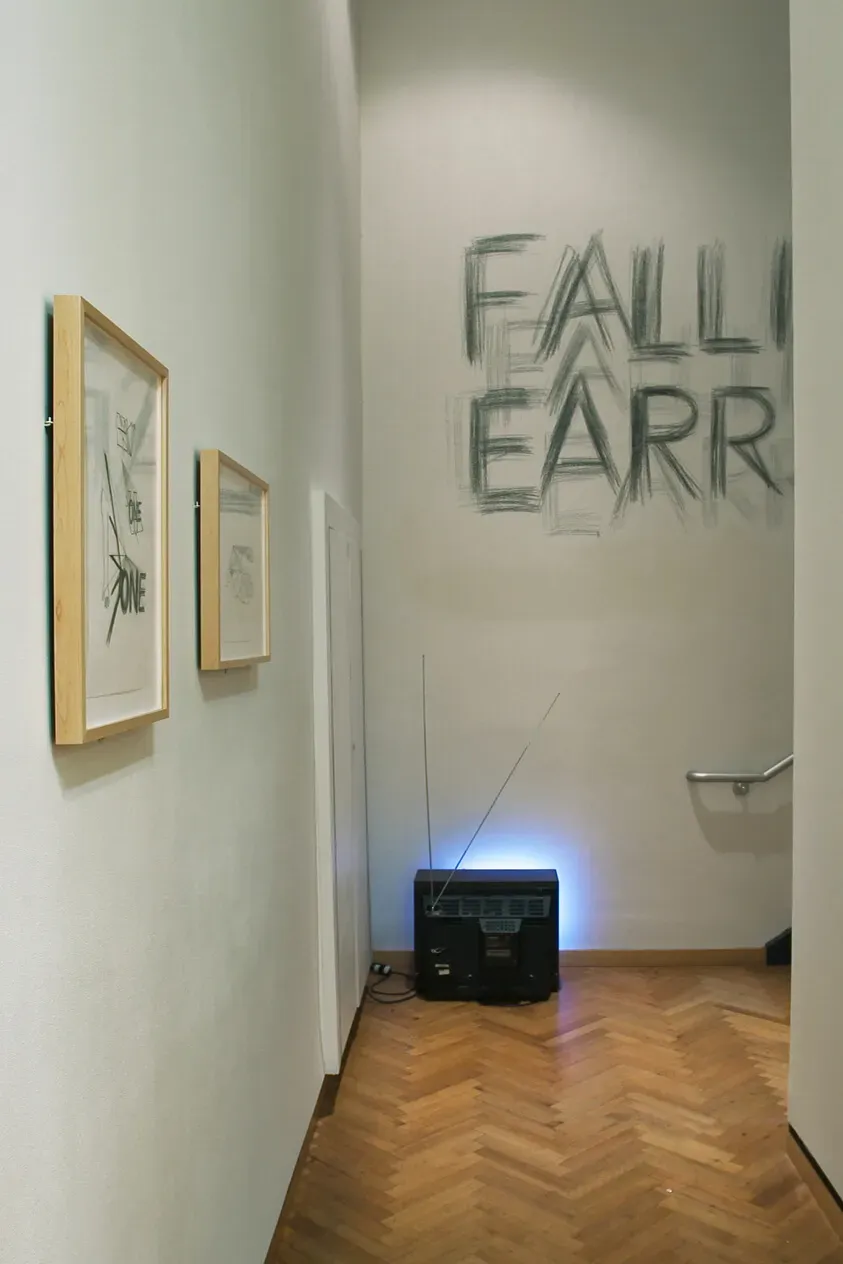
Planning Your Ultimate 3 TV Wall Setup
Measure Twice, Mount Once (Seriously)
Alright, let's get down to brass tacks. Before you even think about buying TVs or drilling holes, you need to look at your wall. Like, really look at it. Where is this magnificent 3 tv wall setup going? Measure the width and height available. Think about viewing angles from where you'll actually be sitting. Don't just eyeball it from the couch. Get up, walk around, pretend the TVs are there. Consider windows, doorways, and any existing furniture that might get in the way or cause glare. Sunlight is the enemy of a good viewing experience, remember that.
TV Size, Weight, and Wall Type
Now, about the TVs themselves. You're planning a 3 tv wall setup, so size matters. Do you want three identical screens for a cohesive look, or maybe a larger one in the middle and two smaller ones flanking it? Check the dimensions of the TVs you're considering. More importantly, check their weight. This isn't trivial; you're putting a significant load on your wall. And speaking of walls, what's yours made of? Drywall over wood studs? Plaster and lath? Concrete? Each type requires specific mounting hardware and techniques. Trying to anchor heavy TVs into just drywall will end in tears, and likely plaster dust everywhere.
- Measure wall dimensions meticulously.
- Note locations of studs, pipes, and electrical wires behind the wall (use a stud finder and maybe a wall scanner).
- Determine the ideal viewing height and distance.
- Confirm the weight of each TV you plan to use.
- Identify your wall construction type (drywall, plaster, concrete, etc.).
- Consider cable routing paths *before* you mount anything.
Mounting and Wiring Your 3 TV Wall Setup
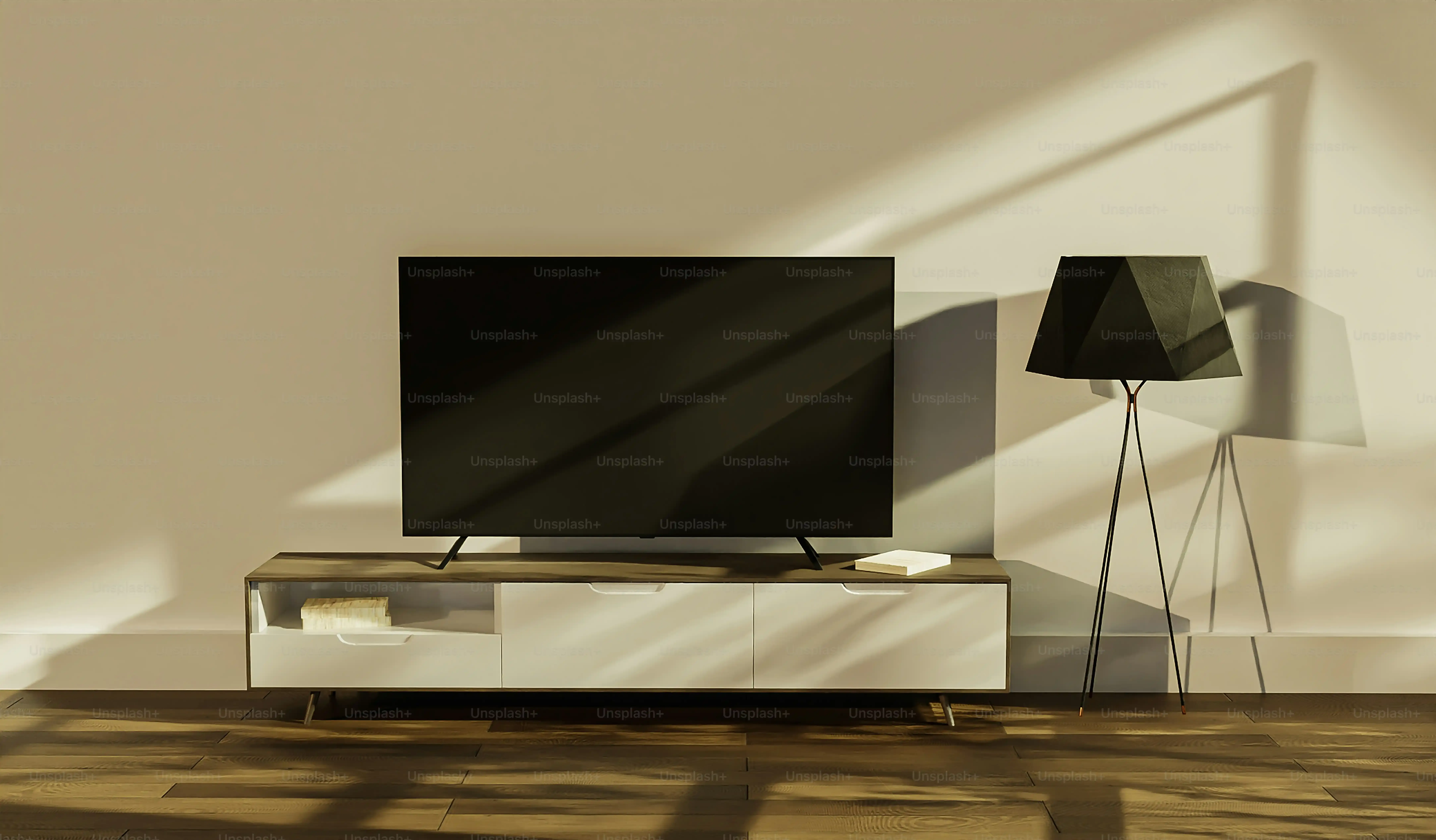
Mounting and Wiring Your 3 TV Wall Setup
Getting the Mounts Up
the planning is done, measurements are taken, and you know what your wall is made of. Now comes the slightly nerve-wracking part: drilling holes. You absolutely *must* find those studs if you have drywall or plaster. Don't trust just one stud finder; use a couple if you can, or even try the old-fashioned knock test to confirm. Mark their centers precisely. Your TV mounts, especially full-motion ones, need to be anchored directly into wood or concrete. Using the cheap plastic anchors that come with some mounts in drywall is a recipe for disaster, usually involving gravity winning and your expensive screens meeting the floor. Bolt those mounting plates directly into the studs, making sure they are level. Repeat this for all three locations, double-checking your measurements between them to ensure your gorgeous 3 tv wall setup isn't crooked.
Technical Challenges of a 3 TV Wall Setup
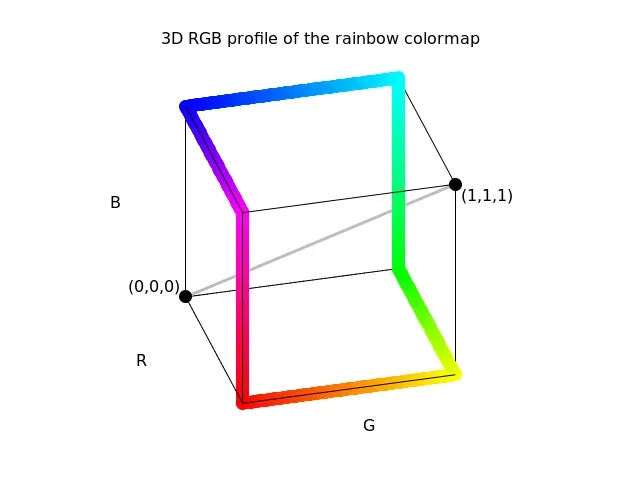
Technical Challenges of a 3 TV Wall Setup
Syncing Your Screens and Signals
the TVs are (hopefully) securely on the wall. Now comes the part that makes some folks pull their hair out: getting the picture to look right across all three screens for your 3 tv wall setup. It’s not just plugging in one HDMI cable and hoping for the best. You're dealing with signal distribution – how do you get the same video source (or different ones) to appear correctly on all three displays? This often requires HDMI splitters or, for more control over what shows where, an HDMI matrix switch. Then there's the resolution and refresh rate dance. Ideally, all three TVs should match, or you'll run into weird scaling issues or choppy motion on one screen while the others are smooth. Trying to span a single image across mismatched resolutions is like trying to fit a square peg in three slightly different-sized round holes.
Displaying Content on Your Triple Screen Setup
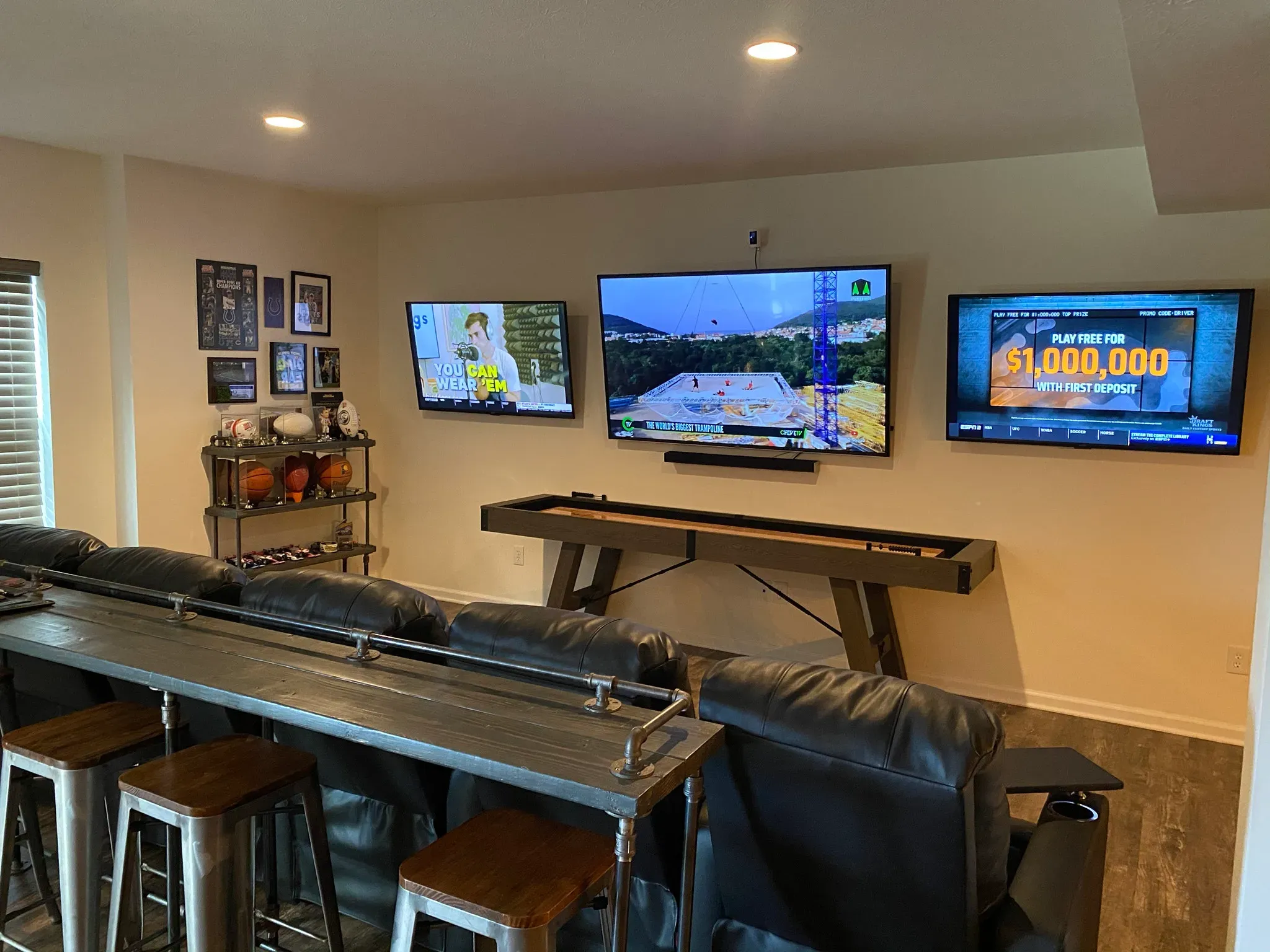
Displaying Content on Your Triple Screen Setup
the screens are up, the wires are mostly hidden, and you've tackled the technical hurdles of syncing. Now for the fun part: actually putting something on those screens as part of your spiffy 3 tv wall setup. If you're hooking up a PC, this is where graphics card software like NVIDIA Surround or AMD Eyefinity comes into play. These tools are designed specifically to treat multiple monitors as one giant display, letting you span games, videos, or just your desktop across all three. It's usually straightforward to set up within the graphics driver control panel, assuming your hardware supports it and your resolutions match. What if you're using consoles or streaming boxes? That's trickier. Most standard media players and consoles are designed for one screen. To get content across three, you typically need a dedicated video processor or a PC acting as the source. Just plugging a Blu-ray player into an HDMI splitter won't magically make the movie span three screens; it'll just mirror the same image on each one, which isn't quite the immersive effect you were probably going for with a 3 tv wall setup.
- PC (Gaming/Work): Use graphics card software (NVIDIA Surround, AMD Eyefinity).
- Media Players/Consoles: Requires specialized video processors or a PC source for spanned content.
- Digital Signage Players: Often built to handle multi-screen layouts.
- Mirroring: Simple splitters will show the same image on all screens.
Avoiding Common Pitfalls with Your 3 TV Wall Setup
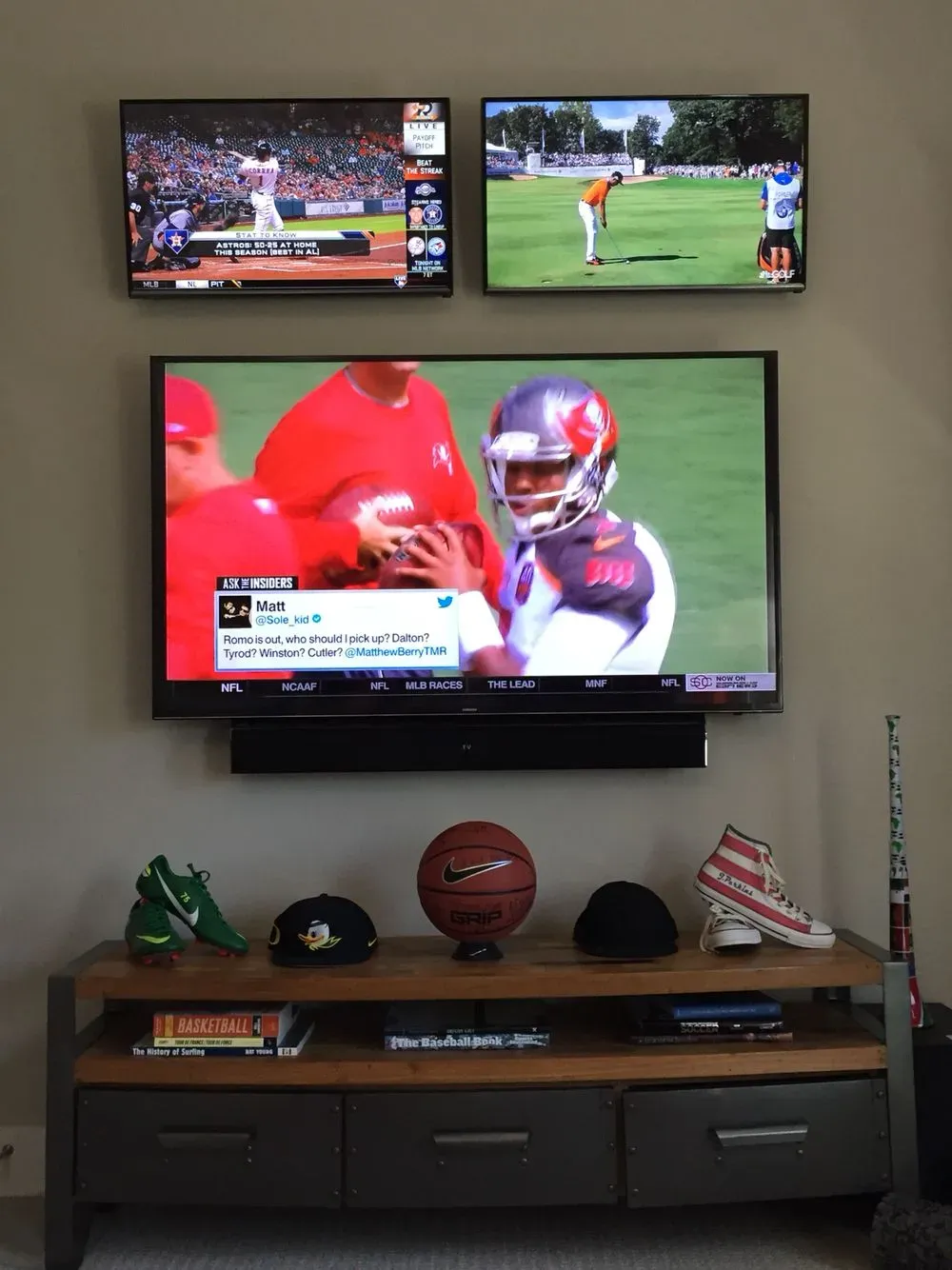
Avoiding Common Pitfalls with Your 3 TV Wall Setup
Don't Skimp on Mounts or Structural Checks
Look, I've seen it happen. Someone gets excited about their dream 3 tv wall setup, buys some budget mounts, and figures "eh, drywall anchors will hold it." Spoiler alert: they won't, not for long, and certainly not safely. These TVs aren't exactly feather-light. Underestimating the load and the strength required from your wall is a surefire way to end up with shattered screens and a seriously damaged wall. Always, always, *always* mount directly into studs or use heavy-duty, wall-specific anchors rated for significantly more weight than your TVs combined. If you're dealing with an older house or a wall you're unsure about, maybe get a contractor to take a look first. A few hundred bucks for peace of mind is way cheaper than replacing three TVs and patching a massive hole.
Wiring Woes Are Real – Plan Ahead
Another classic mistake with a 3 tv wall setup? Ignoring the spaghetti monster that is cabling until the TVs are already up. You've got power cables, HDMI cables (maybe three, maybe more if you have multiple sources), potentially Ethernet, optical audio – it adds up fast. Trying to hide or manage these *after* mounting is a nightmare. You'll end up with unsightly wires dangling down, or worse, trying to thread them through tiny holes in the wall with zero visibility. Plan your cable runs *before* drilling any major holes or setting mounts. Decide if you're using in-wall cable raceways, external covers, or if you're lucky enough to have a wall cavity you can drop them down. Think about where your power outlets are relative to the TV locations and if you'll need to add more. Running power inside the wall often requires an electrician, so factor that in.
Here are a few common mistakes people make:
- Using mounts rated for less weight than the TVs.
- Not finding and using wall studs or appropriate heavy-duty anchors.
- Ignoring the wall type and its load-bearing capacity.
- Failing to plan cable management before mounting.
- Buying TVs with mismatched resolutions or refresh rates for spanned content.
- Assuming basic HDMI splitters will span a single image across multiple screens.
- Not considering heat dissipation when mounting TVs close together.
- Rushing the leveling process – a crooked setup is instantly noticeable.
Bringing Your Triple Screen Vision to Life
Getting a 3 tv wall setup just right takes more than just buying the screens and a few mounts. It requires careful measurement, understanding the structural integrity of your wall, navigating the labyrinth of cables, and wrestling with software configurations. It's a project that demands patience and attention to detail. But when those three displays finally sync up, showing exactly what you intended, the result is undeniably impressive. You've moved beyond the standard dual-screen world into something that genuinely captures attention and elevates your viewing or working experience. It wasn't a flip-of-a-switch job, but you've built something solid and functional.
